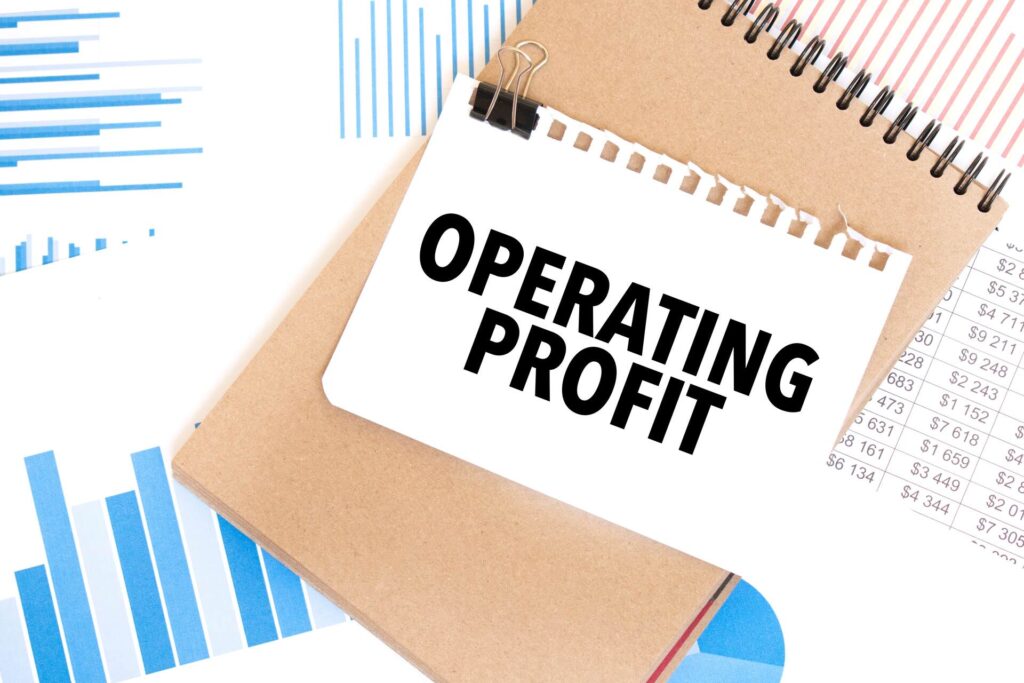Operating Profit
Written by Team 365 finance

Operating profit is an accounting figure that measures the total amount of revenue that will turn into profit for a business. It measures the total amount of profit generated by a company’s core business operations before interest and taxes are deducted.
Terms like “operating income” and “earnings before interest and taxes” are often used in place of operating profit. These all have the same meaning.
Outside the world of business, it’s common to use “profit” as a catch-all term for money that’s generated by a business. However, in a business and investing context, operating profit is very different from a company’s gross profit or net profit.
Below, we’ve explained exactly what operating profit is, how it’s calculated and why it matters for a business. We’ve also shared some examples of how operating profit can be used to assess a business’s financial performance.
What is Operating Profit?
Operating profit measures the amount of profit that’s earned from a company’s core business operations, excluding deductions of taxes or interest.
Let’s start by explaining the first aspect of operating profit. Operating profit is calculated using the total profits from a company’s core operations. It doesn’t include any profits made through investments made by the company or the sale of assets by the company.
For example, imagine a company that makes and sells fresh orange juice. Over the course of one year, this company makes most of its money by selling orange juice. It also makes some of its money from investments in other companies.
To keep this calculation simple, let’ assume that our example orange juice company has no debt and as such, doesn’t need to make any loan payments.
The company’s operating profit only takes into account the revenue it generates from operations (in this case, the sale of its orange juice), minus operating expenses. The money gained from its investments in other companies is not included in the operating profit figure.
How is Operating Profit Calculated?
Operating profit is calculated by subtracting a company’s operating expenses and cost of goods sold from its operating revenue.
For example, imagine the orange juice company we thought up earlier generates £20 million in total operating revenue every year by selling its juice to supermarkets and other shops.
To do this, it spends £7 million every year on materials and wages for its factory workers. This is the total cost of goods sold (COGS) by the company.
It also spends £3 million to distribute its juice to supermarkets and other retailers, as well as £2 million to advertise its products and strengthen its brand. The company’s equipment and other assets also lost a total of £1 million in value through depreciation.
This means the company has a total operating revenue of £20 million, as well as a total of £13 million in cost of goods sold and operating expenses.
To calculate the operating profit, we need to deduct the operating expenses (£5 million) and the cost of goods sold (£7 million), as well as depreciation (£1 million), from the operating revenue the company generated. We can do this using the following formula:
Operating Profit = Operating Revenue – Cost of Goods Sold – Operating Expenses – Depreciation
In this case, the operating profit formula for our orange juice company looks like this:
Operating Profit = £20 million – £7 million – £5 million – £1 million
This gives our example orange juice company a total operating profit of £7 million per year after its operating expenses, cost of goods sold and depreciation have been deducted from the total operating revenue.
If our example orange juice company also had debts that needed to be paid back, these would be deducted from the operating revenue as amortization, giving the company a lower amount of operating profit.
Advantages of Operating Profit
Because operating profit doesn’t take into account costs like taxes and interest, it doesn’t give a full picture of a company’s profits.
However, the operating profit accounting figure has several advantages:
- Businesses in different industries are often taxed differently, making the pre-tax figure of operating profit a useful guide for investors comparing different businesses.
- Companies in their early stages often have significant debt load, meaning their net profit is fairly low. Operating profit can show that a company has the potential to be profitable after its reduced its debt load over time.
Disadvantages of Operating Profit
The biggest disadvantage of the operating profit accounting figure is that it doesn’t provide a full picture of a company’s financial condition.
For example, a company with a high debt load might make a loss due to the cost of servicing its debt. This company might still show an operational profit, giving its investors a poor picture of its real financial situation.
Operating profit also doesn’t take into account a company’s cash flow. A company could have a significant operational profit (and even a good net profit), but still fail if poor cash flow means it’s unable to pay its creditors.
Summary
Operating profit is one of several accounting figures used to express a company’s profit. While it doesn’t profit a full picture of a company’s profitability, it’s a useful figure with several benefits for investors and company directors.
Used in context alongside gross profit and net profit, the operating profit of a company can help provide valuable insight into its operations, financial health and future potential.